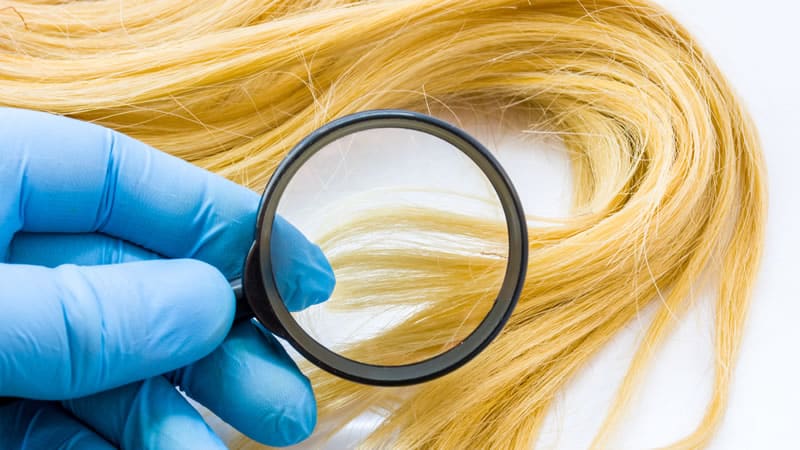Life Enthusiast
Hair Analysis
Comes with a Comprehensive Report
- Learn About Toxins and Nutrients in Your Body
- Discover Your Specific Metabolic Type
- Comes With Specific Nutrient Recommendations


